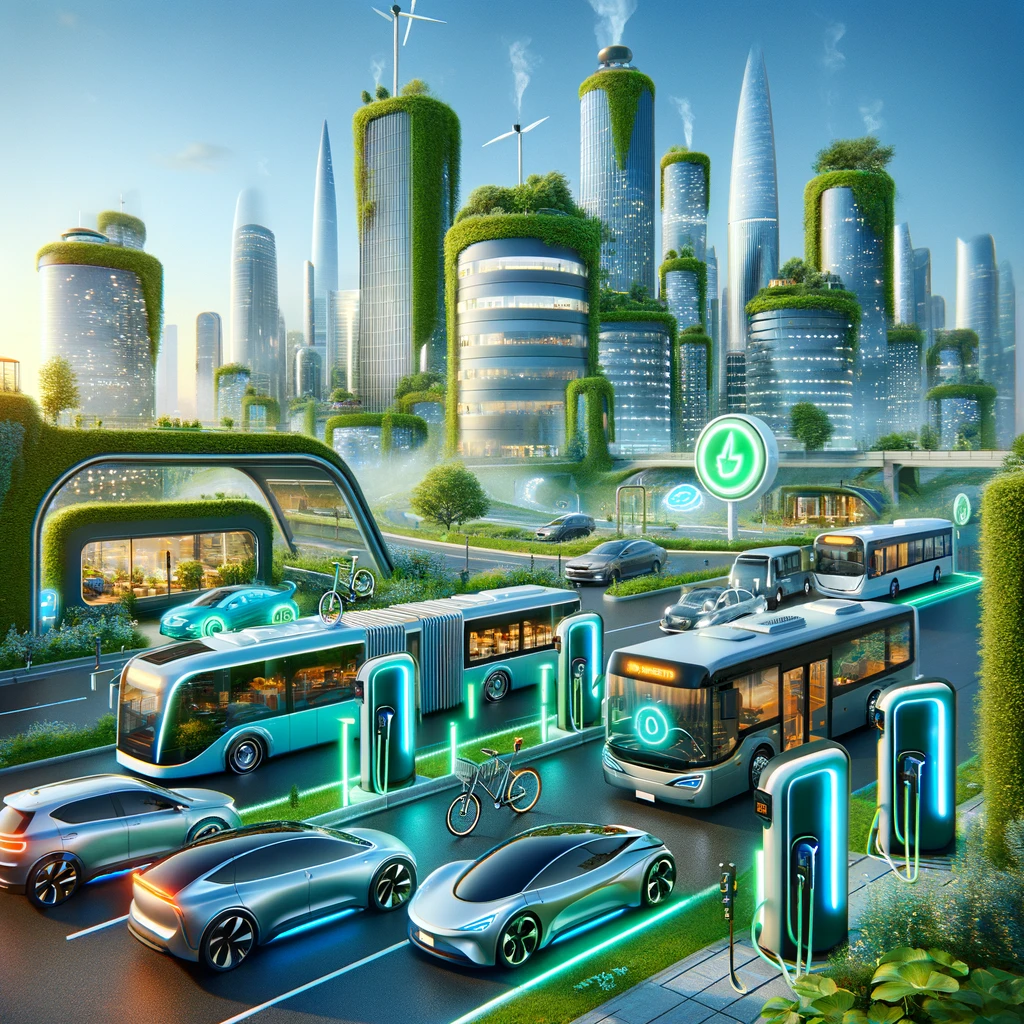The landscape of electric vehicles (EVs) is evolving rapidly, driven in part by advances in battery technology. Batteries are the heart of any electric vehicle, determining range, power, weight, and, ultimately, the vehicle’s environmental impact. As the demand for EVs grows, so does the pursuit of more efficient, sustainable, and cost-effective battery technologies. This article explores the various types of battery technologies currently used in electric vehicles, highlighting their advantages and challenges.
1. Lithium-ion batteries (Li-ion)
Lithium-ion batteries are the most common battery technology used in today’s electric vehicles. They are prized for their high energy density, which means they can store a lot of energy in a relatively small and light package. This makes them ideal for use in EVs, where weight and space are critical considerations. Li-ion batteries also have a relatively long lifespan and can be charged and discharged hundreds of times before their capacity begins to degrade significantly.
Advantages:
- High energy density
- Lightweight
- Long lifespan
Challenges:
- High cost
- Risk of overheating and fire
- Limited availability of lithium resources
2. Nickel-Metal Hydride Batteries (NiMH)
Nickel-metal hydride batteries have been used in hybrid electric vehicles (HEVs) for many years. They have a lower energy density compared to lithium-ion batteries but offer a good balance of cost, capacity, and durability. NiMH batteries are less prone to the memory effect (where batteries lose their maximum energy capacity if they are repeatedly recharged after being only partially discharged) than older technologies, making them a reliable option for many applications.
Advantages:
- Cost-effective
- Durable
- Less prone to memory effect
Challenges:
- Lower energy density than Li-ion
- Heavier, making them less suitable for full EVs
- Environmental concerns due to nickel mining
3. Solid-State Batteries
Solid-state batteries represent a significant evolution in battery technology, replacing the liquid or gel electrolyte found in lithium-ion batteries with a solid electrolyte. This change can potentially lead to batteries that are safer (lower risk of leaks and fires), have higher energy densities, and can be charged more quickly. While still largely in the development phase, solid-state batteries hold the promise of revolutionizing electric vehicle power storage.
Advantages:
- Higher energy density
- Increased safety
- Faster charging times
Challenges:
- Currently expensive to produce
- Durability and longevity issues need to be addressed
- Scaling up production remains a challenge
4. Lithium-sulfur batteries (Li-S)
Lithium-sulfur batteries are another emerging technology with the potential to outperform lithium-ion batteries in terms of energy density. They use sulfur as the cathode material, which is abundant, cheap, and has a high capacity for energy storage. However, lithium-sulfur batteries face significant obstacles, such as a rapid decline in capacity with each charge-discharge cycle, limiting their current viability for electric vehicles.
Advantages:
- High energy density
- Use of abundant and cheap sulfur
- Potential for lower costs
Challenges:
- Rapid capacity fade
- Lifecycle durability issues
- Technical challenges in material and design
Conclusion
The future of electric vehicle battery technology is vibrant and diverse, with ongoing research and development promising to overcome the limitations of current technologies. Innovations in battery chemistry and design are critical to meeting the growing demands of the EV market, reducing dependency on fossil fuels, and advancing global sustainability efforts. As these technologies mature, the choice of battery technology will play a pivotal role in the performance, affordability, and environmental impact of electric vehicles.

